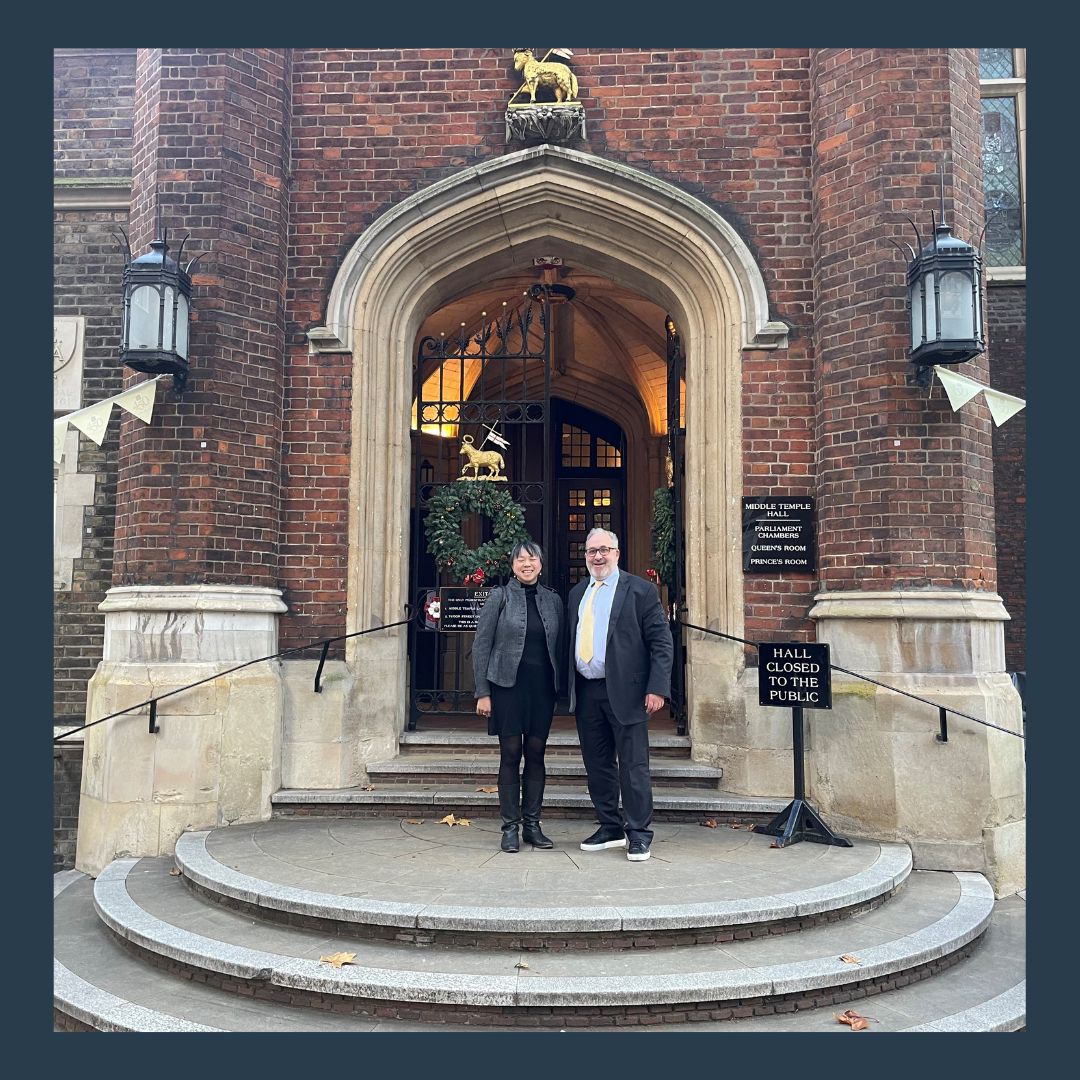26th September 2019 | Paul Marmor | Real Estate Litigation, Residential, Landlord
Partner in Real Estate Litigation, examines the blue Manchester v North West Ground Rents Ltd case where the landlord was in breach of its repairing covenant. This is the first of several case studies he covered in his recent talk... Read more
Partner in Real Estate Litigation, examines the blue Manchester v North West Ground Rents Ltd case where the landlord was in breach of its repairing covenant. This is the first of several case studies he covered in his recent talk at Heathrow Airport for 80 surveyors as part of their CPD training.
Being the largest skyscraper outside London, Beetham Tower is Manchester’s most iconic building. It’s 47 stories comprise of a Hilton Hotel, and residential apartments. The external part of the building is made up of a mixture of single and double glazed shadow box units (SBU’s). However, questions were raised when the windows started to fall out!
The Landlord of the building, North West Ground Rents Limited purchased the freehold reversion of the building from Carillion Construction Ltd for £400,000 in 2010. The lease for the hotel was granted to Blue Manchester Ltd for a premium of £60 million. Under the terms of hotel lease, the Landlord covenanted to keep the common parts “in good and substantial repair and when necessary as part of repair to reinstate replace and renew where appropriate…”. The parties agreed that the external face of the building (including the frame and SBUs) were within the common parts.
In 2014, it was discovered by Carillion that the sealant holding the SBU’s into place was starting to fail. As a result, and as a temporary measure, they screw-stitched pressure plates to the frame panels, to hold the 1,350 SBU’s in place. This temporary fix was not meant to last for more than three years pending a full investigation. However, in 2018, Carillion went into liquidation, and no solution had been found.
The tenant bought a case against the landlord for specific performance, seeking to compel the landlord to carry out the works under the repairing covenant in the lease.
The landlord disagreed with the claim – it argued that although the external façade of the building was its responsibility, it had already taken sufficient steps to comply with its repairing obligation.
The Court had to consider whether the external façade of the building was in disrepair – and it was held that it was. Because the stitch plates were only meant to be in place for three years, whilst a permanent solution was found, meant that the SBU’s were not in “good and substantial repair”. The SBU’s were only able to be regarded as safe if a full investigation and report had been commissioned from a qualified consultant, and this had not been done. The landlord was therefore in breach of its repairing covenant and the landlord was required to repair the SBUs by arranging for their like-for-like replacement.
The recent case of Blue Manchester Ltd v North West Ground Rents Ltd is interesting because it is not often that an order will be granted for specific performance, requiring compliance with a repairing covenant in a lease. Even though steps had been taken to ensure the SBU’s were fixed, this was only a temporary measure, and the Court felt no sympathy for the landlord. Even though the costs for the repairing works were not proportionate to the premium paid for the freehold reversion, the responsibility for inherent, or design and construction defects was with the landlord under the terms of the lease.
To find out more, please contact Paul Marmor.



